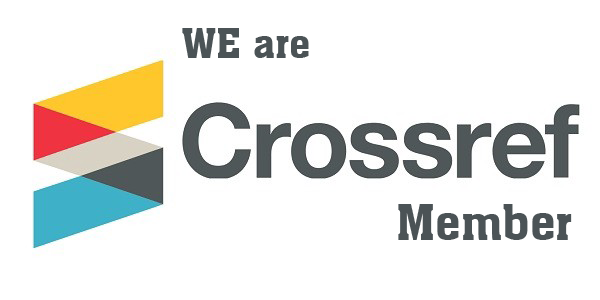The Rate of Fast-Food Consumption among Teenagers in Derna City\ Libya
DOI:
https://doi.org/10.54172/mjsc.v35i1.211Keywords:
Nutrition, Fast Food, Junk Foods, Adolescents, Consumption, TeenagersAbstract
The purpose of this study is to find out about the fast-food consumption of adolescents between the ages of 13-25 years old in Derna city and its effect on health. The samples included 100 adolescents from both sexes, a descriptive cross-sectional study of teenagers was conducted. The questionnaire was divided into two parts: the first part was related to socio-demographic information and part two to junk food patterns and influencing factors of junk food consumption. A value of P < 0.05 was interpreted as statistically significant. The findings revealed that more girls (67.0%) consumed fast food than boys, and approximately half (49.0%) of participants were consuming fast food as an alternative to the main meal, and more than half of participants (63.0%) were consuming soft drinks every day. The results concludes that adolescents consumed a greater amount of junk food, which subsequently led to a majority of ill effects.
Downloads
References
Bhaskar, R. (2012). Junk food: impact on health. Journal of Drug Delivery and Therapeutics, 2(3). DOI: https://doi.org/10.22270/jddt.v2i3.132
Denney-Wilson, E., Crawford, D., Dobbins, T., Hardy, L., & Okely, A. D. (2009). Influences on consumption of soft drinks and fast foods in adolescents. Asia Pacific journal of clinical nutrition, 18(3), 447-452.
Driskell, J. A., Kim, Y.-N., & Goebel, K. J. (2005). Few differences found in the typical eating and physical activity habits of lower-level and upper-level university students. Journal of the American dietetic association, 105(5), 798-801. DOI: https://doi.org/10.1016/j.jada.2005.02.004
Fanning, J., Marsh, T. L., & Stiegert, K. W. (2002). Determinants of fast food consumption.
Hidaka, B. H., Hester, C. M., Bridges, K. M., Daley, C. M., & Greiner, K. A. (2018). Fast food consumption is associated with higher education in women, but not men, among older adults in urban safety-net clinics: A cross-sectional survey. Preventive medicine reports, 12, 148-151. DOI: https://doi.org/10.1016/j.pmedr.2018.09.005
Larson, N. I., Neumark-Sztainer, D. R., Story, M. T., Wall, M. M., Harnack, L. J., & Eisenberg, M. E. (2008). Fast food intake: longitudinal trends during the transition to young adulthood and correlates of intake. Journal of Adolescent Health, 43(1), 79-86. DOI: https://doi.org/10.1016/j.jadohealth.2007.12.005
Prentice, A. M., & Jebb, S. A. (2003). Fast foods, energy density and obesity: a possible mechanistic link. Obesity reviews, 4(4), 187-194. DOI: https://doi.org/10.1046/j.1467-789X.2003.00117.x
SD, S., & Neupane, S. (2000). Junk Food Consumption Among Secondary Level Students, Chitwan. Journal of Nepal Paediatric Society, 37(2).
Downloads
Published
How to Cite
License
Copyright (c) 2021 Fareha Hamd Younis, Salwa Eljamay, Amna Mansour Eldali

This work is licensed under a Creative Commons Attribution-NonCommercial 4.0 International License.
Copyright of the articles Published by Almukhtar Journal of Science (MJSc) is retained by the author(s), who grant MJSc a license to publish the article. Authors also grant any third party the right to use the article freely as long as its integrity is maintained and its original authors and cite MJSc as original publisher. Also they accept the article remains published by MJSc website (except in occasion of a retraction of the article).













